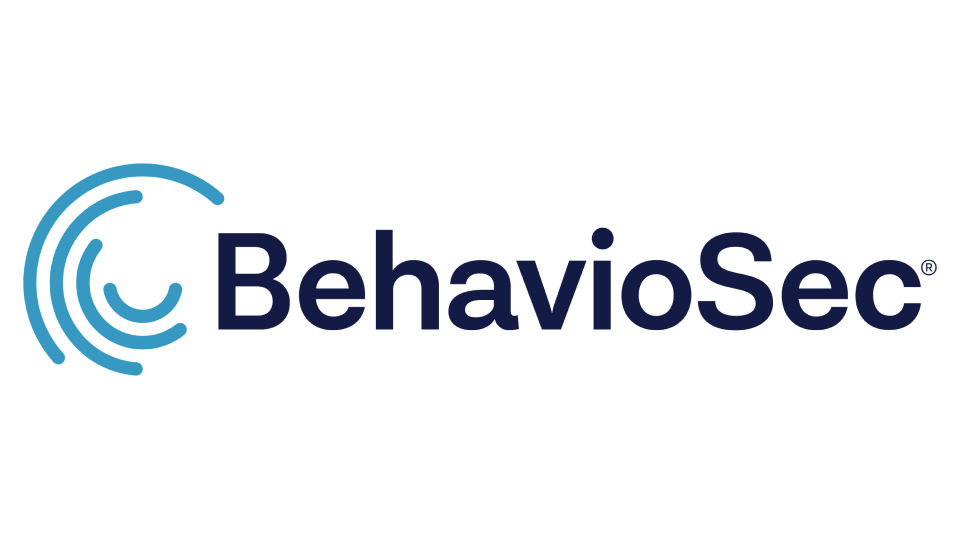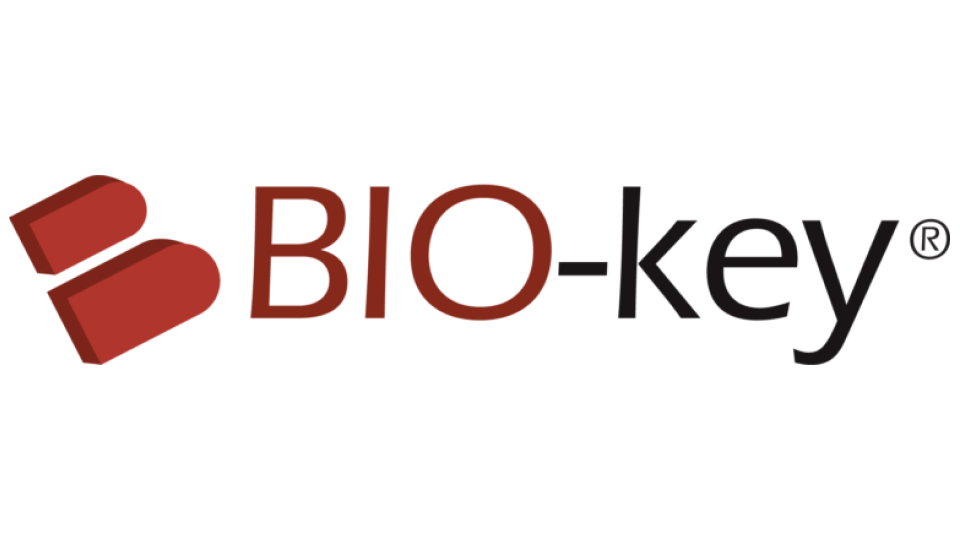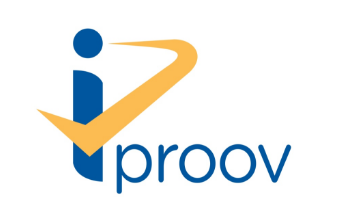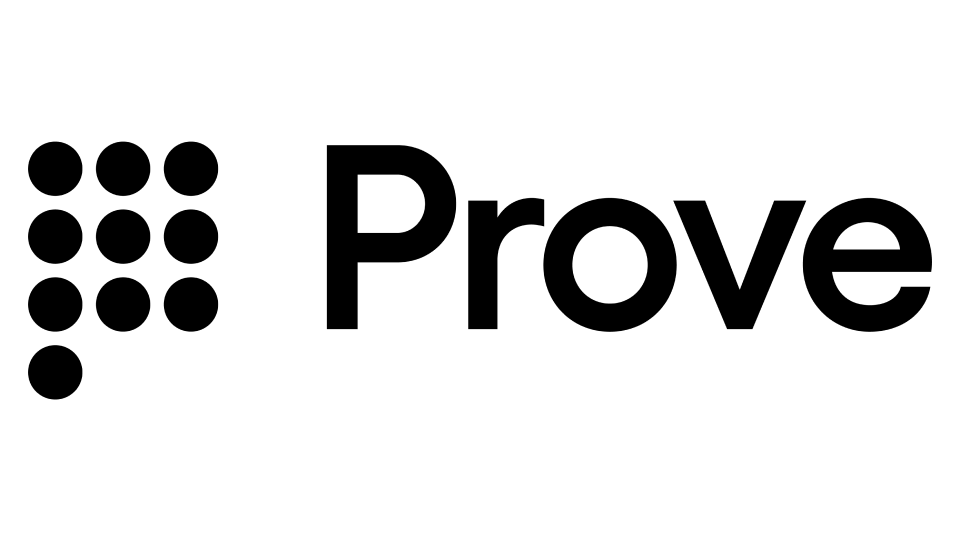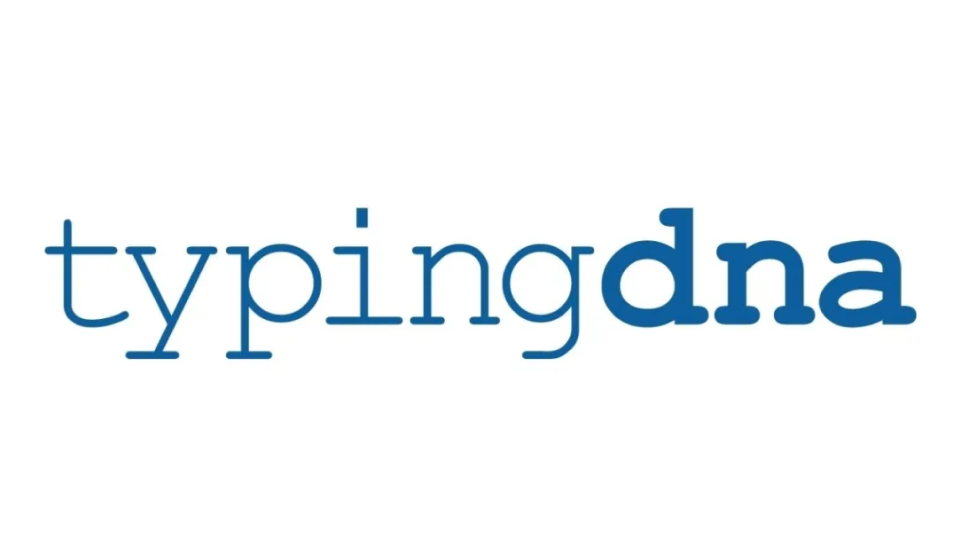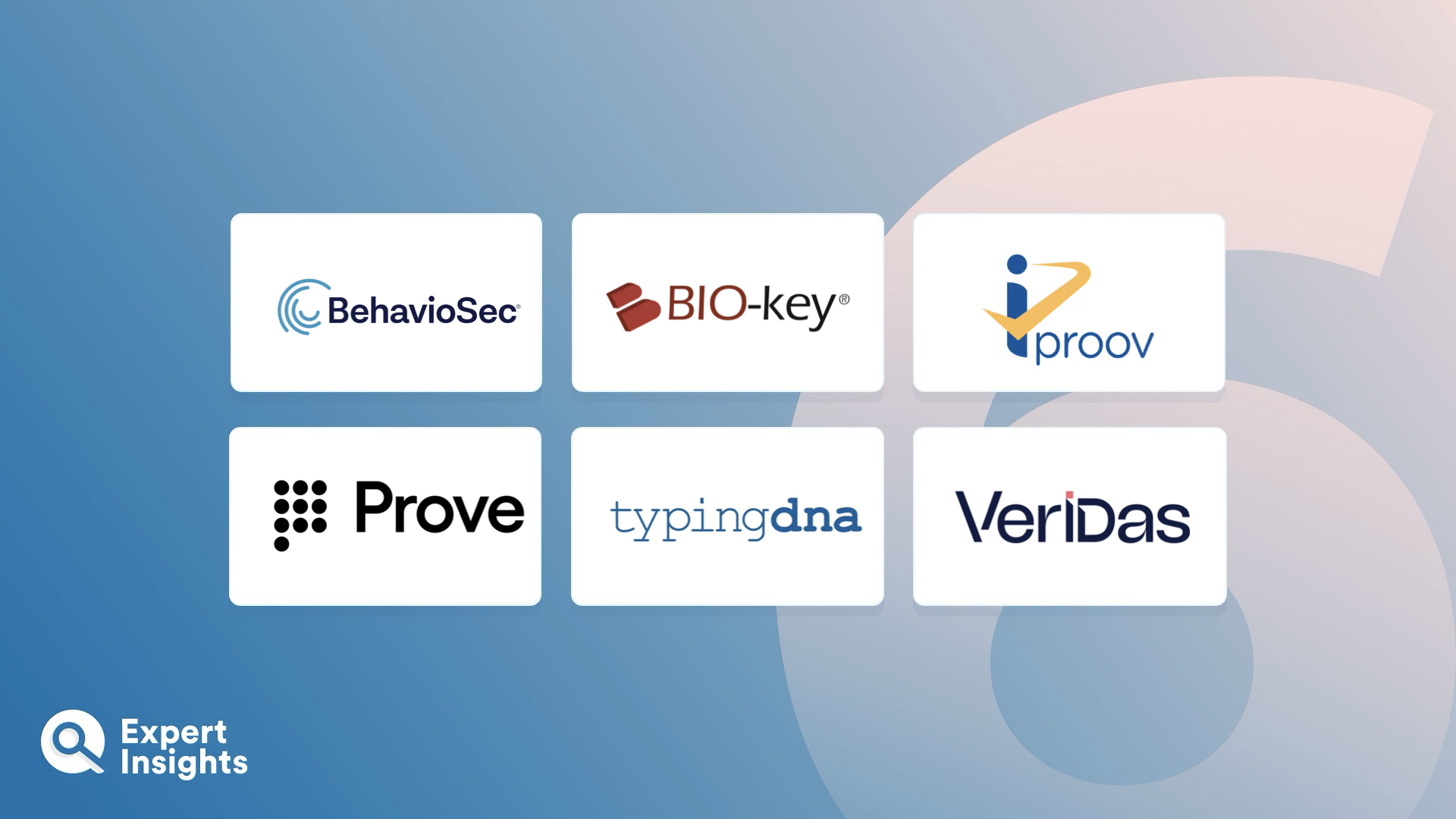FAQs
Why Should You Authenticate Your Users?
User login portals are doorways into your organization’s data kingdom, with your users’ credentials acting as the keys. Unfortunately, there are several ways for cybercriminals to steal those keys—they could try to crack them using brute force or manipulate the user into handing them over in a social engineering (phishing) attack. So, just asking users for a password isn’t enough. You need to be able to verify that they are who they say they are, when they say it.
Biometric authentication is widely considered one of the easiest and most secure ways of doing that. It can be implemented as a standalone user authentication method or used as one facet of a multi-factor authentication (MFA) approach. MFA requires users to verify their identities in at least two ways before they’re granted access—for example, by entering their username and password, then scanning their fingerprint or entering a code from an authenticator app.
How Does Biometric Authentication Work?
Biometric authentication solutions work a little differently, depending on which characteristics you’re measuring.
Physiological biometric authentication solutions require both a pre-enrolled biometric template and real-time biometric data for each user. If your organization were to roll out fingerprint biometrics as a method of authentication, for example, each user would have to perform an initial scan of their fingerprint on enrolment. This scan would then become the biometric template to which all future authentication attempts would be compared.
Once enrolled, each user would then scan their fingerprint each time they wanted to log in. If the new scan matches the enrolment record, the user will be granted access. If the two scans don’t match, access will be denied.
Behavioral biometric authentication solutions use machine learning to continuously analyze each user’s behaviors over time. If a user suddenly starts acting differently, access can be revoked or denied. For example, if your organization were to roll out keystoke monitoring as an authentication method, the solution would continuously monitor your users’ keystrokes to learn their normal typing patterns so that it would be able to detect when someone else was typing on a user’s keyboard.
What Are Physiological Biometrics?
Physiological biometrics are a measurement of a user’s physical characteristics. As these biometrics are static, once the solution has created an initial scan, it can compare all future scans to the initial one for reference. Physiological biometrics can include:
- Fingerprints
- Hand geometry
- Iris composition
- Vein patterns
What Are Behavioral Biometrics?
Behavioral biometrics are a measurement of a user’s movements and actions. These biometrics are constantly evolving as they continuously analyze a user’s data in the background to develop an accurate reference point over time. Behavioral biometrics can include:
- Keystroke rhythm
- Gait
- Mouse usage
- Speech patterns
What’s The Most Secure Type Of Biometric Authentication?
Biometrics are widely considered one of the most secure forms of user authentication because it’s much harder for a cybercriminal to steal biometric data—such as a fingerprint, iris, or full-face scan—than it is for them to crack a user’s password. But what’s the most secure type of biometrics?
While both physiological and behavioral biometrics are accurate and secure, behavioral biometrics are generally considered slightly stronger. This is because behavioral traits are based on biometric templates that continuously evolve and grow more accurate as time goes on, making them harder to spoof.



